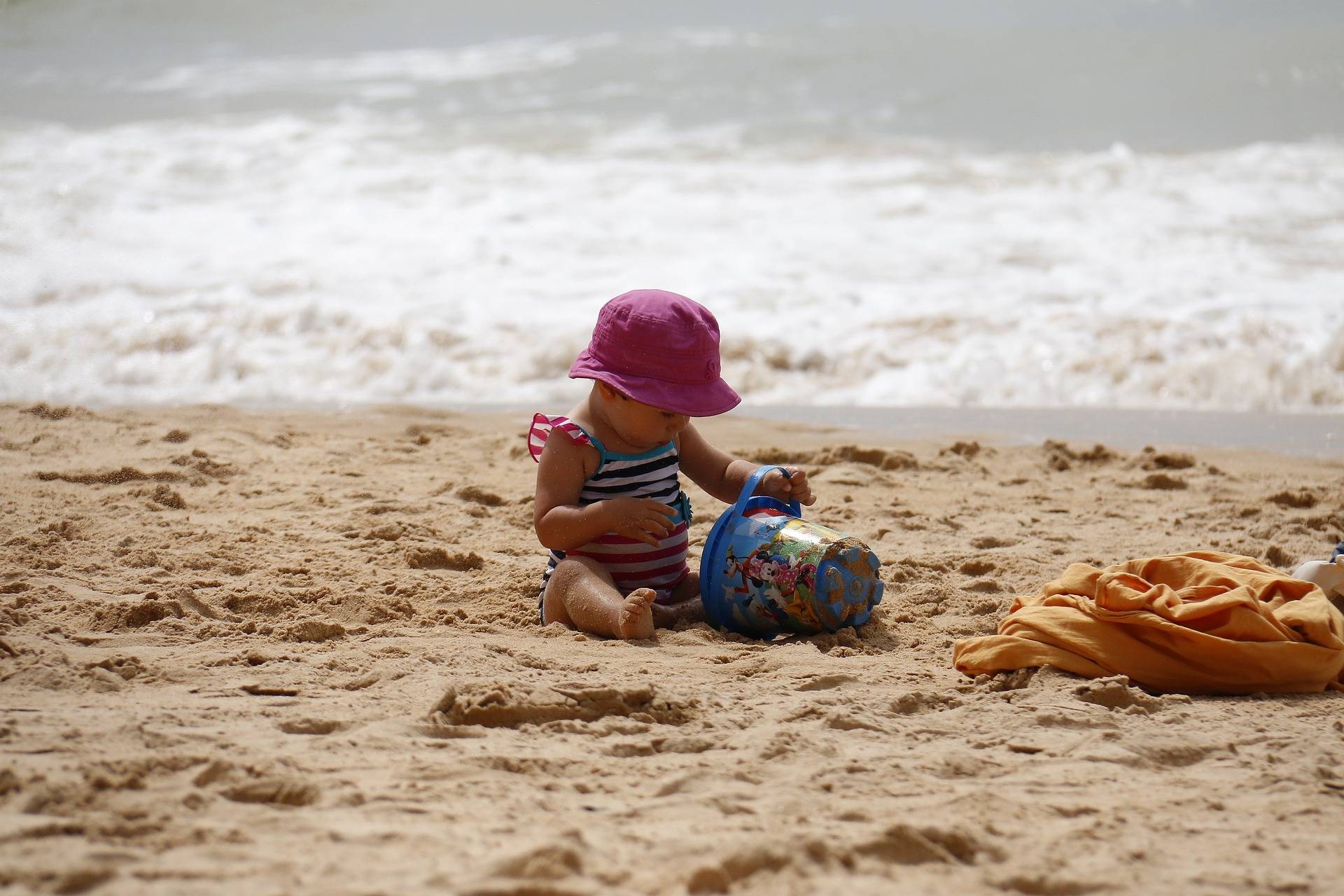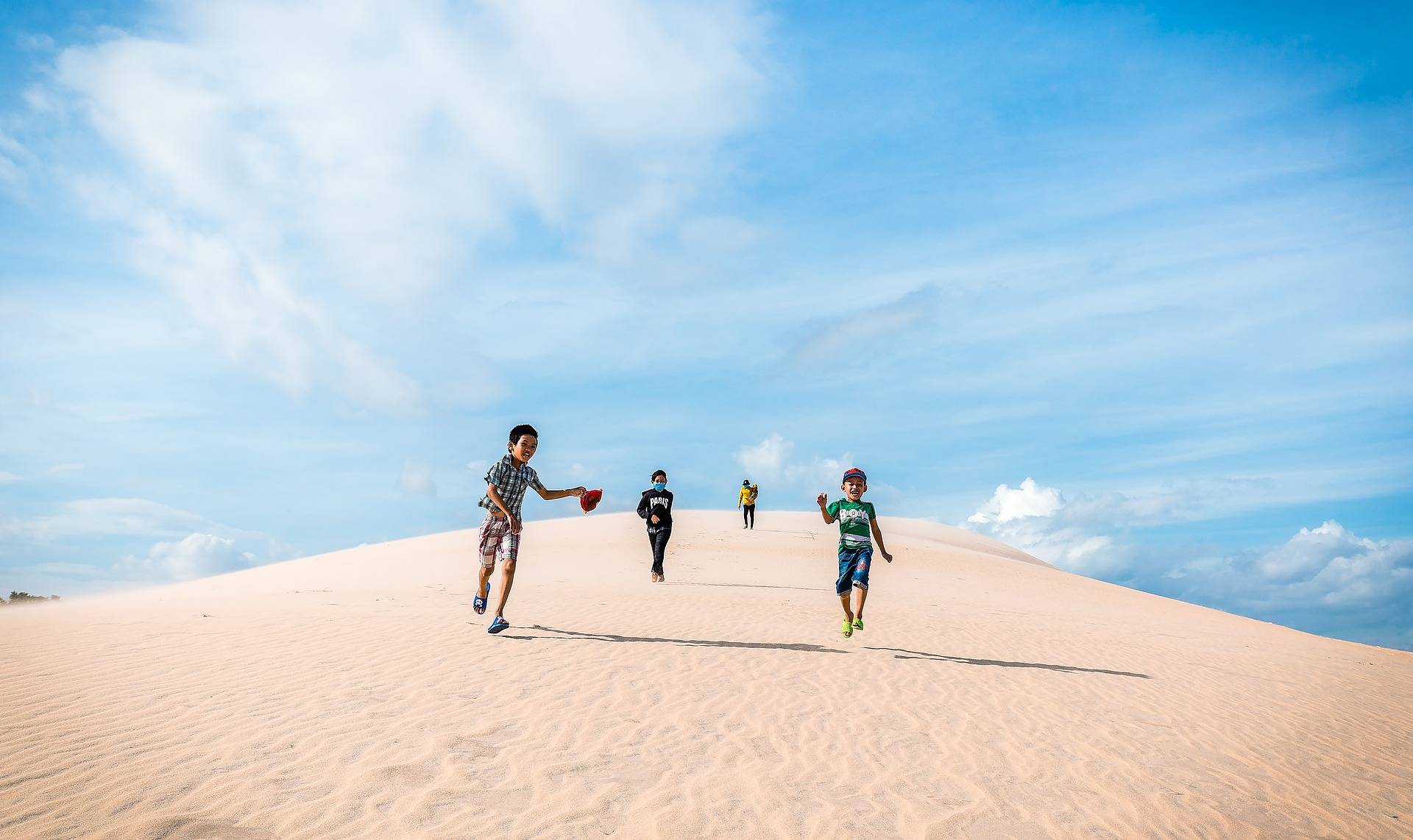November 2015 Conference: programme & reading recommendations
Programme
9-9.50 Registration and refreshments, browsing books
10 Welcome and setting the scene
◊ Robin Duckett, Christine Merrick, Sightlines Initiative
10.30- 12.30 Encounters in Meaning and Literacy
◊ Elena Giacopini, Pedagogista, Reggio Emilia
12.30 - 1.30 Lunch
1.30 Introduction to the afternoon
◊ Christine Merrick
1.45 -2.25 The Revolutionary Baby: an adventure in two year olds' story-making
◊ Deborah Wilenski, Reflections Nursery School
2.30 Dragons, Knights & Princesses: teachers work with literacy in children's enthusiasms
◊ Catherine Reding, Kirkoswald Primary School
3 short break
3.15-4 Panel question Q&A session
◊ Prof.Peter Moss, IoE, chair
4 – 4.15 Competent educators, competent children
◊ Sally Jaeckle, Lead officer, Early Year's Services, Bristol
Elena Giacopini
Elena will give a brief introduction to the context and work of Reggio Emilia’s preschools, referring to a short video which you can also view beforehand online. She will discuss core precepts, for example:
concerning children’s thinking during childhood;
What does it mean ‘to be in childhood’?
The capability of children at five years to re-think and cosider how they’ve learnt, how they’re learning.
This is playing and learning as encounter and discovery: ‘mettarsi in gioco’. It is also to do with ‘belonging’ to the world, to the things of the world, and connected to others. In deciding how to construct education, we need to consider, encounter and perhaps refashion the constructs of formal and informal learning.
Elena has two detailed and intriguing possible examples to share of working with groups of children as they encounter a question and become literate in their conceptualisations, interpretations and expression. (Probably we will have time for one, so we are considering which.)
In preparation for the day, Elena recommends reading the introduction to ‘The Fountains’, taken from the ‘project for the construction of an amusement park for birds’, and an extract from ‘The Hundred Languages to Children’. We will send these extracts to registered participants.
Deborah Wilenski
'There are children and babies. Well the children can look after the babies. And there is one, look at this one, big strong baby!'
Enter the world of two year old children as a year of 'Storying' begins. They are already telling stories of big scary monsters and powerful elemental forces. They are also telling stories of tiny babies who need rescuing. But one baby is about to arrive, no more than an inch long, who will turn conventional worlds upside down.
'The Revolutionary Baby' documents a year of story-making in the two year olds' Atelier at Reflection Nursery, West Sussex. It traces our educational practice of listening for, interpreting and re-visiting children's own narratives. And it offers powerful that children as young as two are fluent story-makers, vivid illustrators and makers of new meaning.
Catherine Reding
During October this year, a group of 5-6 year olds in our mixed age 4-7 years class began putting on shows in the block area in the classroom. They’d made tickets and posters, put out chairs and cushions for the audience and had even made a "resting area" for the performers!
We could see how excited and involved the children were becoming and us teachers wondered how we could work with the children. We decided to find out more about their ideas and asked them: What is a show? How does it feel to be in a show? How does it feel to watch a show?
From these discussions an idea developed about telling stories through shows.
Catherine proposed to the ten children that they create their own story which they did together in a group, taking turns to decide what happened next. The story was discussed and revised over the coming days - the children were eager to add details and explanations for what was happening. They quickly identified with the characters they had chosen - a fierce but lonely dragon, an adventurous king, beautiful princesses who love to dance and brave knights.
The children have illustrated the story, which is currently being introduced to parents; we’re widening the interest to the whole class, inviting new input of drawings, modelling and ideas. Children are making castles from blocks with lots of care and attention, delighting in sharing their work with other children and teachers.
It’s a work in progress! We are currently exploring characters and identity using drama, pictures and writing. The themes are typical iconic ones: Bravery, Loneliness, Fierceness, Rescue ...
We are also exploring our ways of working and the interface with formal curriculum expectations. How can we work with these without betraying the children’s intrinsic authorship: staying mindful of being sensitive to children?







